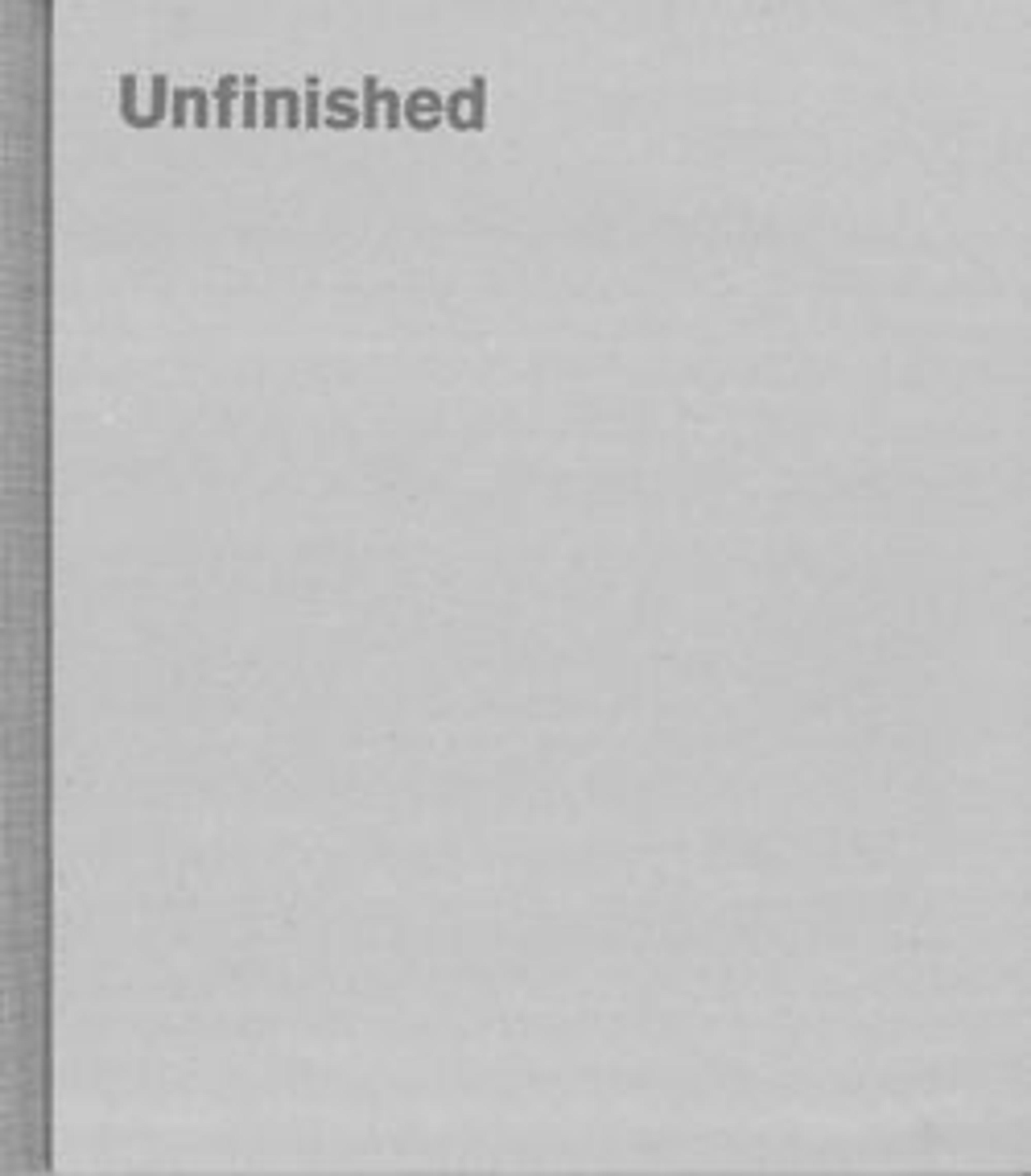Saints Peter and John Healing the Lame Man
At the temple in Jerusalem where the old and infirm beg for alms, Peter and John cure a man who cannot walk (Acts 3:1–10): “Then Peter said, Silver and gold I do not have; but what I do have I give you: In the name of Jesus Christ of Nazareth rise up and walk.” Poussin looked to High Renaissance artists for inspiration to represent this scene: Raphael used measured, pyramidal compositions built around the temple steps such as this, while Michelangelo probably prompted the gestures of the central group which relate to his Creation of Adam in the Sistine Chapel. Facial types, notably the almond-shaped eyes and straight noses, copy classical sculpture.
Artwork Details
- Title:Saints Peter and John Healing the Lame Man
- Artist:Nicolas Poussin (French, Les Andelys 1594–1665 Rome)
- Date:1655
- Medium:Oil on canvas
- Dimensions:49 1/2 x 65 in. (125.7 x 165.1 cm)
- Classification:Paintings
- Credit Line:Marquand Fund, 1924
- Object Number:24.45.2
- Curatorial Department: European Paintings
More Artwork
Research Resources
The Met provides unparalleled resources for research and welcomes an international community of students and scholars. The Met's Open Access API is where creators and researchers can connect to the The Met collection. Open Access data and public domain images are available for unrestricted commercial and noncommercial use without permission or fee.
To request images under copyright and other restrictions, please use this Image Request form.
Feedback
We continue to research and examine historical and cultural context for objects in The Met collection. If you have comments or questions about this object record, please contact us using the form below. The Museum looks forward to receiving your comments.
